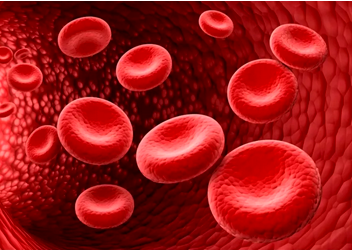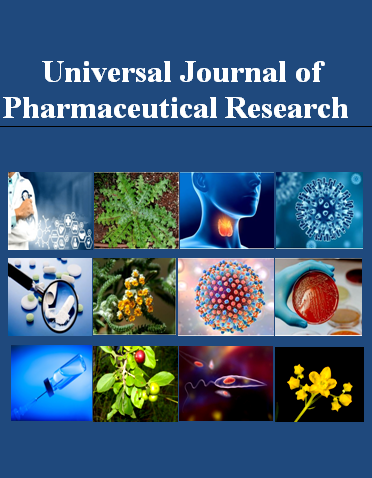DISRUPTED ARGININE–NITRIC OXIDE SIGNALING IN SICKLE CELL DISEASE: MOLECULAR MECHANISMS, PATHOPHYSIOLOGICAL CONSEQUENCES AND EMERGING THERAPEUTIC TARGETS
Keywords:
Nitric oxide, nitrogen metabolism, sickle cell disease, therapeutic strategies, vascular dysfunctionAbstract
Sickle cell disease (SCD) is marked by ongoing hemolysis and blood vessel dysfunction, with the arginine–nitric oxide (NO) pathway being crucial to its pathophysiology. This review examines the molecular mechanisms that contribute to the disruption of the arginine–NO axis in SCD, emphasizing how hemolysis-mediated arginase release reduces L-arginine, the precursor for NO production, while cell-free hemoglobin captures bioactive NO. Moreover, increased concentrations of natural NOS inhibitors like asymmetric dimethylarginine (ADMA) and oxidative stress play a role in the uncoupling of nitric oxide synthase (NOS), which further diminishes NO bioavailability. Impaired citrulline–arginine recycling worsens substrate shortage, together resulting in endothelial dysfunction, vasoconstriction, and inflammation. Therapeutic strategies aimed at this pathway, such as arginine and citrulline supplementation, arginase inhibition, antioxidants, and NO donors, are examined, highlighting their ability to restore vascular balance.

Peer Review History:
Received 5 June 2025; Reviewed 11 July 2025; Accepted 20 August; Available online 15 September 2025
Academic Editor: Dr. Gehan Fawzy Abdel Raoof Kandeel , Pharmacognosy Department, National Research Centre, Dokki, 12622, Giza, Egypt, gehankandeel9@yahoo.com
, Pharmacognosy Department, National Research Centre, Dokki, 12622, Giza, Egypt, gehankandeel9@yahoo.com
Reviewers:
 Dr. Barkat Ali Khan, Kampala International University , Uganda, barki.gold@gmail.com
Dr. Barkat Ali Khan, Kampala International University , Uganda, barki.gold@gmail.com
 Dr. Bilge Ahsen KARA, Ankara Gazi Mustafa Kemal Hospital, Turkey, ahsndkyc@gmail.com
Dr. Bilge Ahsen KARA, Ankara Gazi Mustafa Kemal Hospital, Turkey, ahsndkyc@gmail.com
Downloads

Published
How to Cite
Issue
Section
Copyright (c) 2025 Universal Journal of Pharmaceutical Research

This work is licensed under a Creative Commons Attribution-NonCommercial 4.0 International License.









 .
.